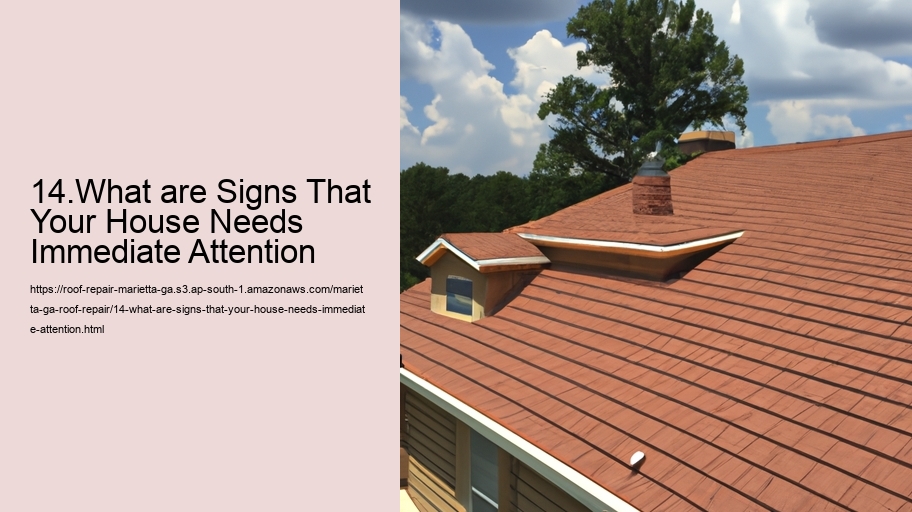A home is often referred to as one's sanctuary, a place of refuge and comfort. It’s the space where we unwind after a long day and create lasting memories with our loved ones. However, like anything else that's constantly in use, our homes require regular maintenance to stay in good condition. When neglected, a house can deteriorate rapidly, leading to costly repairs or even compromising your safety. To prevent such scenarios, it's crucial to be aware of signs that indicate your house needs immediate attention.
One of the most apparent indicators is structural damage. If you notice cracks in the foundation walls or floors, it could signify serious issues such as settling or shifting of the ground beneath. Similarly, sagging roofs or rafters might point towards potential roof collapse if left unchecked.
Water damage is another red flag not to be ignored. Stains on ceilings or walls suggest leaks which could lead to mold growth—a health hazard for inhabitants. Peeling paint or wallpaper often accompanies this issue and should prompt an investigation into its origin.
Doors and windows that no longer close properly might hint at foundational problems but can also mean worn-out seals, resulting in energy inefficiency as heat escapes during winter months and enters during summer.
Electrical issues are particularly urgent due to their potential fire risk. Flickering lights, frequent circuit breaker trips, and any burning smell from outlets should be addressed by a professional electrician immediately.
An unusually high utility bill can also be an indicator that there are underlying problems with your home’s systems such as heating and cooling inefficiencies or hidden water leaks that are not only wasting resources but also causing unseen damage.
Insects and pests making themselves at home indicate gaps in your defenses; termites especially pose a threat as they may compromise the structural integrity of wooden elements within your walls undetected until considerable harm has been done.
Another aspect not to overlook is the condition of external components—crumbling brickwork, deteriorating siding, or rotting woodwork all need swift action to prevent further decay which could lead ultimately to internal issues within the home environment.
Lastly, poor indoor air quality characterized by musty odors or an increase in dust can signal problems with ventilation systems or duct work needing cleaning or repair for healthier living conditions.
These signs are just some among many others that serve as warnings for homeowners. Regular inspections can catch many problems early before they escalate into larger ones requiring more extensive fixes. Ignoring these signals can be detrimental both financially and structurally; hence proactive maintenance is not only practical but essential for preserving one's sanctuary intact for years to come.
